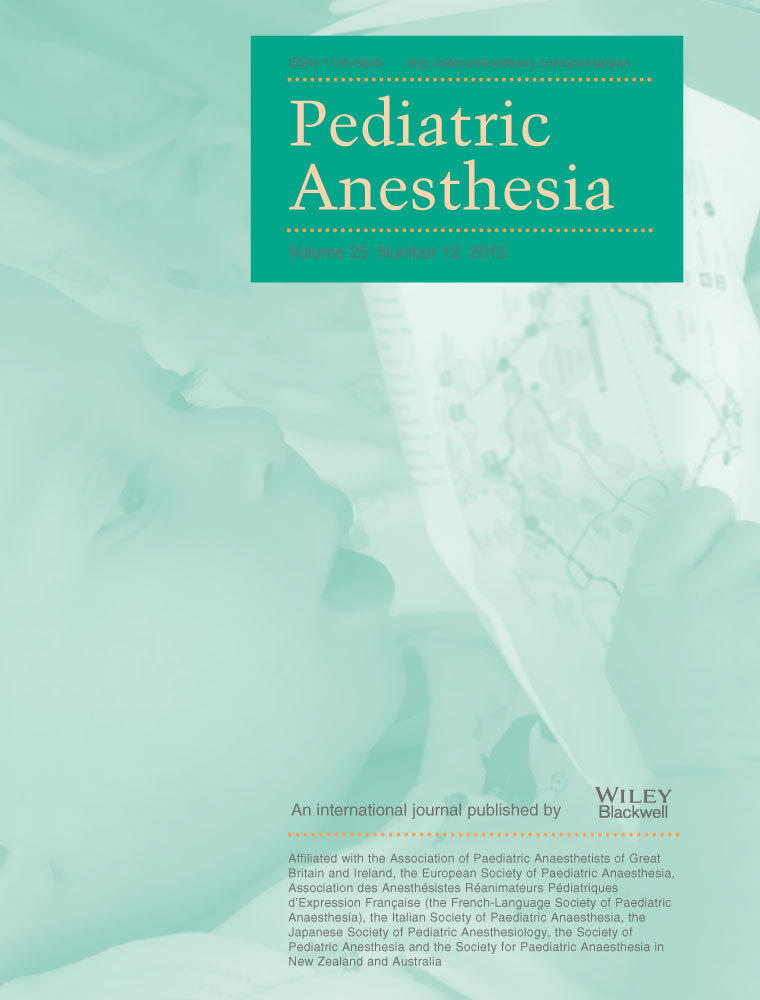The prevalence of pain at home and its consequences in children following two types of short stay surgery: a multicenter observational cohort study
Summary
Background
The potential for pain at home in children following day case surgery has long been recognized. Pain has also been associated with behavioral disturbances and sleep disruption in children following surgery and may also impact negatively on recovery, parental and patient satisfaction, family life, healthcare use, and have an economic cost.
Aim
To investigate the prevalence of pain at home, and its consequences, in children following two types of short stay surgery across eight pediatric centers in the UK in an observational cohort study. Reporting of the study was done in adherence with STROBE guidelines.
Method
Two hundred and forty-one children undergoing either Tonsillectomy with or without Adenoidectomy (T's ± A's) or Orchidopexy surgery (either by Open or Laparoscopic) were recruited. Data collection was via three structured telephone interviews [Day (D) 2, 7 and 14] conducted from a clinical research facility. The normal clinical practices of the centers involved in the study were not altered in any way. Outcomes studied were (i) Pain incidence and severity; (ii) Associated consequences—incidence of psychological disturbances, unplanned use of healthcare services, and social/economic cost to families; and (iii) Comparative pain and associated outcomes for two types of surgery (T's ± A's vs Orchidopexy).
Results
The incidence of pain following both operative models was high though it differed between the two groups. In the T's ± A's group, the incidence of pain was high throughout the study period (D2 90.1%, D3-7 88.1%, D8-14 61.8%). The Orchidopexy group demonstrated a similar pattern, though with decreased rates (D2 70.4%, D3-7 34.7%, D8-14 17.1%). Both groups showed similar patterns for the rates of behavioral disturbances (T's & A's: D2 76%, D3-7 73%, D8-14 30% and Orchidopexy: D2 37%, D3-7 20%, D8-14 10%). Seventy percent of the families reported unplanned healthcare use with pain the primary reason in 79% of these.
Conclusions
The prevalence of pain at home, and its potential associated consequences, is high following short stay surgery in children in the UK. In both groups, high incidences were seen for longer periods than is commonly perceived. These findings were consistent between the centers involved suggesting that this is a significant national healthcare issue with potential short- and long-term consequences for the child, their family, and health services.




